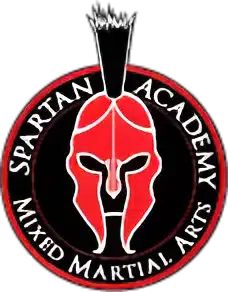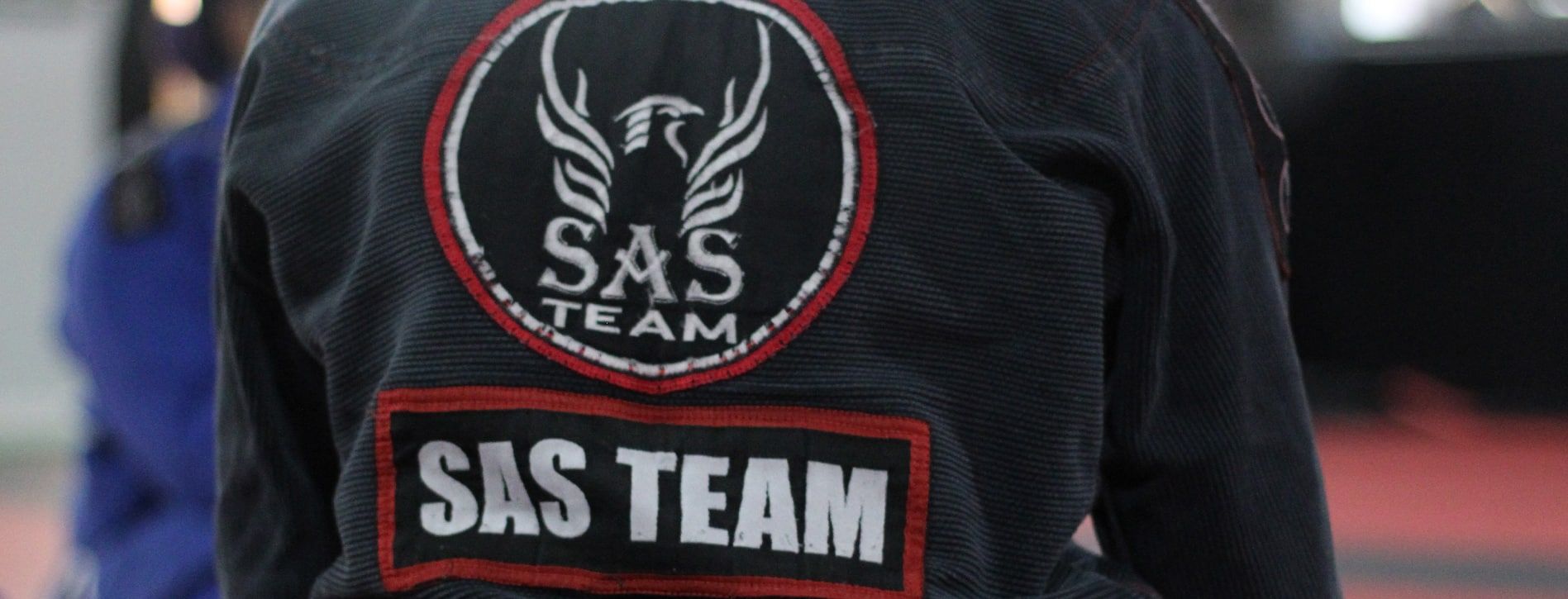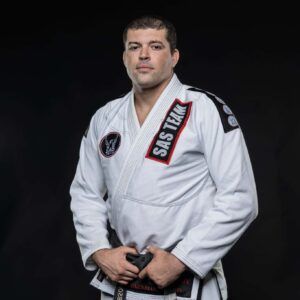Table of Contents
ToggleBJJ Submission Positions: Mastering the Art of Control
When I step onto the mat, I can’t help but think about the wisdom passed down by the great Brazilian Jiu-Jitsu masters of SAS Team. The art of control is a fundamental aspect of this martial art, and mastering the submission positions is the key to dominance.
These positions are where the true beauty of BJJ unfolds, where technique, strategy, and precision come together. But what exactly are these positions? How do they work? And how can we master them?
Let’s dive into the fascinating world of BJJ submission positions, uncovering the secrets within and discovering the art of control like never before.
Mount Position
When it comes to controlling the mount position in Brazilian Jiu-Jitsu (BJJ), it’s essential to focus on hip placement and establishing chest control.
The mount position is a dominant position where you’re on top of your opponent, straddling their torso. By keeping your hips directly above theirs, you prevent them from escaping or regaining control. This allows you to dictate the pace of the fight and sets you up for various submission holds.
To establish chest control, press your upper body down on your opponent’s chest, making it harder for them to breathe and limiting their movement.
While you can transition to side control or half guard from the mount position, maintaining control and dominance in the mount is crucial in BJJ.
Back Control
When it comes to mastering Brazilian Jiu-Jitsu, one skill that every black belt must possess is the ability to establish back control. This is crucial for maintaining dominance and setting up effective submissions. To achieve this, it’s essential to control your opponent’s chest. By doing so, you limit their movement and restrict their breathing, making it difficult for them to escape. It’s also important to secure a frame against their waist, preventing them from advancing and regaining control.
To maintain effective back control, it’s crucial to keep your hips positioned under your opponent. This allows you to maintain mobility and power. By doing so, you prevent your opponent from securing mount on your chest and belly. Also, honing your guard retention and distance management skills is key.
Mastering the art of control in Brazilian Jiu-Jitsu starts with mastering the art of back control. By focusing on chest control, hip positioning, and guard retention, you’ll be able to dominate your opponents from the back and set up successful submissions. Keep practicing and refining these skills to become a master in the art of back control.
Side Control
Side Control is a dominant position in Brazilian Jiu-Jitsu where the top player controls their opponent from the side, restricting their movement and creating opportunities for submissions. Mastering this position is crucial for becoming skilled in BJJ. In Side Control, the main focus is on controlling your opponent’s hips and arms, preventing them from escaping or counterattacking.
To effectively control your opponent from Side Control, Spartan Academy MMA teaches several techniques. One of these techniques is the Traditional Side Control Submission. This involves insulating the inside arm, pushing down on the wrist, wrapping with the bottom arm, and applying pressure with the tip of the elbow to maintain control. Then, you slide under and bring the elbow down for the submission.
Another technique taught is the Collar Choke from Side Control. In this technique, you step over your opponent’s hip and lock in the choke, using pressure on the collar to create space for the step over. Finally, you squeeze to finish the submission while maintaining control and pressure on the collar.
There’s the Near Side Armbar from Side Control. In this technique, you block your opponent’s push, grab their collar, secure their arm, and finish the submission by turning their arm inwards for a tight grip and applying pressure.
Guard Position
The Guard Position is a vital concept in Brazilian Jiu-Jitsu (BJJ) that every practitioner should understand and master. It serves as both a defensive and offensive posture, allowing you to control and neutralize your opponent’s attacks. Whether you’re practicing BJJ for self-defense or sport, the Guard is the foundation of your defense and offense.
At Spartan Academy MMA, we emphasize the importance of guard retention. This means preventing your opponent from advancing to more dominant positions. To effectively use the Guard, you need to create distance and establish frames to keep your opponent at bay while protecting yourself.
The Guard Position also provides opportunities for offensive attacks, sweeps, and submissions. It gives you control over the pace of the fight, allowing you to dictate the flow of the match. By understanding and mastering the Guard, you can enhance your overall control and effectiveness on the mat.
Conclusion
This article covers a wide range of positions and submissions, providing clear and detailed instructions. So, whether you’re a beginner or an advanced practitioner, we hope that this information will help you improve your control and submission skills, giving you a deeper understanding of the art of BJJ.
And if you live in Columbia, South Carolina, make sure to visit Spartan Academy MMA. We offer classes in Brazilian Jiu Jitsu, Muay Thai, MMA for children and teenagers, as well as strength and conditioning classes for all ages and levels.
You can even try a free trial class to see if it’s the right fit for you. Don’t miss out on this opportunity to train at a top-notch martial arts school.
Attention!
The purpose of this article is solely informational and should not be used to encourage self-training or replace the guidance of qualified martial arts instructors. In this regard, we emphasize that a certified Jiu-Jitsu instructor is the only professional qualified to teach and supervise proper techniques and training. Therefore, always seek guidance from a certified instructor!
Do not attempt complex maneuvers without proper supervision. All martial arts techniques should be practiced with safety in mind and in the presence of a qualified professional.
Should you require more information about Jiu-Jitsu techniques or wish to inquire about training sessions, please contact us. We have qualified experts ready to assist you.




